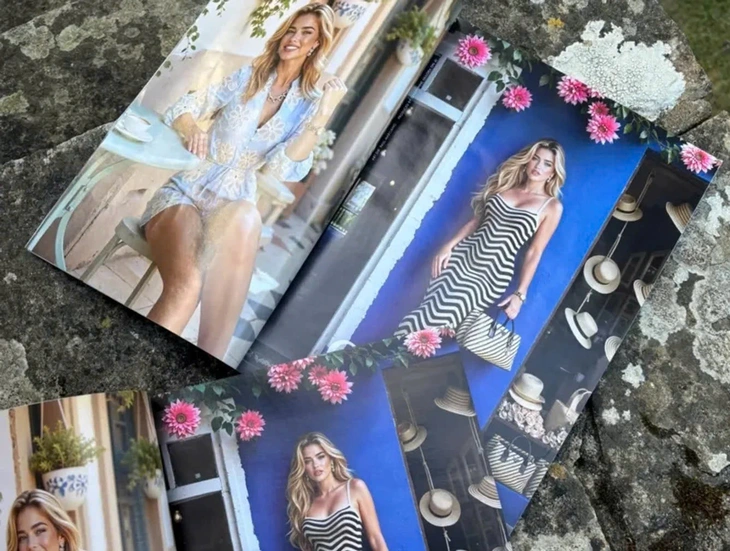
Seraphinne Vallora creates virtual models for Vogue campaign amid pressure to cut costs and concerns about diversity in the fashion industry - Photo: BBC
The virtual model on Vogue magazine is a blonde girl wearing striped dresses and bright floral jumpsuits from the latest summer collection of fashion brand Guess.
According to AI Magazine, this model was developed by technology company Seraphinne Vallora and chosen by the Guess brand to appear in its promotional campaign.
Vogue's use of AI-generated models has sparked a new debate about ethics in the fashion industry: Are we slowly eliminating humans from the very fields that once celebrated real beauty and individuality?
A direct hit to the fashion industry
Although the ad notes that the model was created by AI, many argue that the technology could lead to increasingly unrealistic beauty standards and threaten the future of modeling.
Seraphinne Vallora - the company behind the campaign - was founded by two former architecture students, Valentina Gonzalez and Andreea Petrescu, and specializes in developing highly realistic human avatars for commercial use.
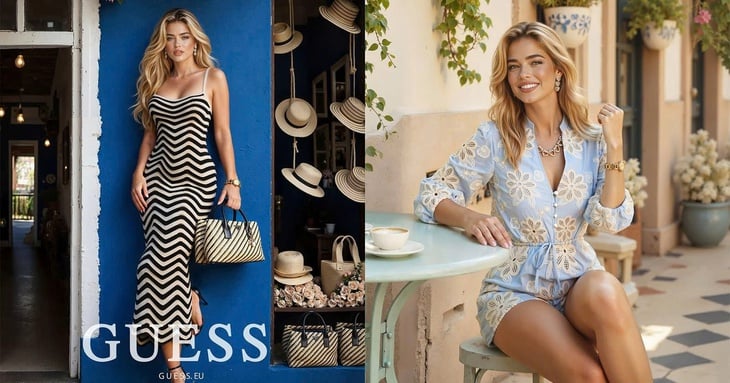
The August issue of Vogue magazine attracted attention not only because of the eye-catching images, but also because the main model in the photo was completely created by artificial intelligence - Photo: VOGUE
The process of creating an AI model can take up to a month, require up to five people to participate, and costs for large clients can run into the hundreds of thousands of dollars.
Model Felicity Hayward, who has been in the industry since 2011, told the BBC : “Either Guess is trying to get attention for free publicity, or they want to cut costs without thinking about the consequences.”
She stressed that the use of AI models is “another blow to the fashion industry and plus-size models will be hit the hardest.”
Sara Ziff, founder of the Model Alliance, an organization that advocates for workers in the fashion industry, believes that this technology affects not only models, but also photographers, makeup artists, and production staff who play an important role in traditional photo shoots.
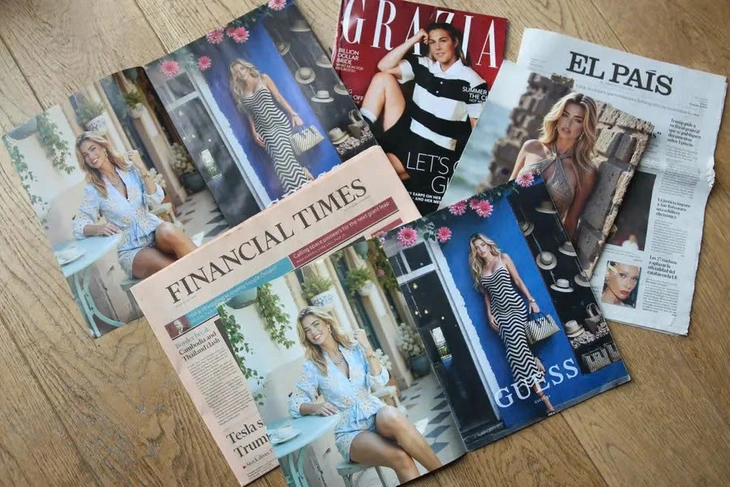
Seraphinne Vallora's AI modeling technology is facing a lot of opposition from professional models - Photo: BuzzFeed
However, the company Seraphinne Vallora denied: “Our AI is just a new promotional option for brands, not a replacement for humans.
We're not creating unrealistic looks, in fact the AI model in the Guess campaign looks very much like a real person. In essence, all advertising strives for perfection and often features supermodels, so what we do is no different."
Ironically, the company's own website advertises cost-effectiveness, with no need for photographers, models, locations or travel expenses.
While AI is opening up new possibilities for the fashion industry, such as personalized fashion experiences that allow consumers to try on virtual avatars, experts warn that the public is still not fully accepting of this, and that there will come a time when they will turn their backs on AI models because they find them too far-fetched and unreal.
In recent times, artificial intelligence (AI) has created many cultural phenomena, from the Barbie doll trend, creating Ghibli-style animated images, videos turning celebrities into babies that went viral on social networks, to Netflix's first use of AI in the series The Eteranaut.
AI is also helping to automate and optimize workflows across many industries. However, the downside of this popularity is also gradually being revealed, especially concerns that society is starting to see artificial images as the new standard.
Lawsuits between businesses and AI imaging tools are becoming more common. Countries are also starting to enact AI Acts to regulate the development of this technology and protect people.
Source: https://tuoitre.vn/vogue-bi-chi-trich-vi-dua-nguoi-mau-ai-len-tap-chi-co-xuy-tieu-chuan-sac-dep-phi-thuc-te-20250731004859672.htm








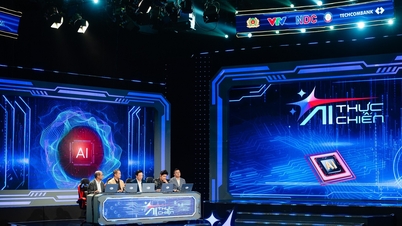



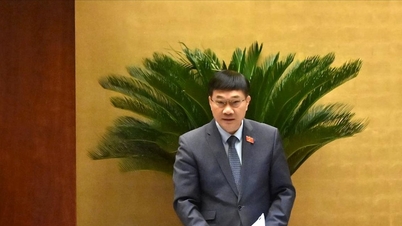



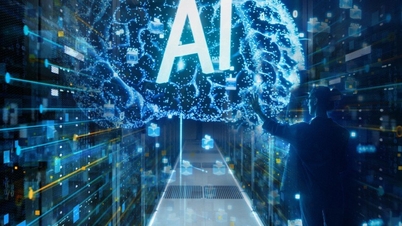






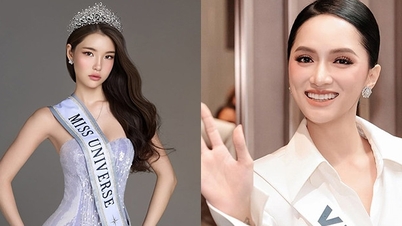

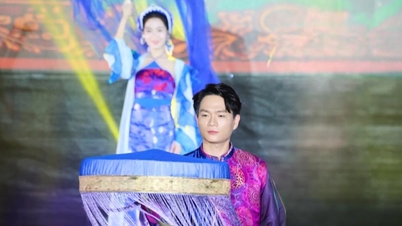








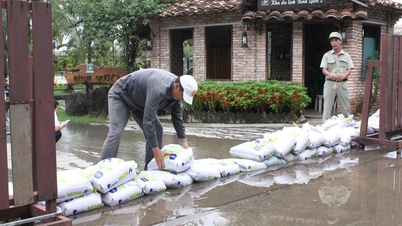

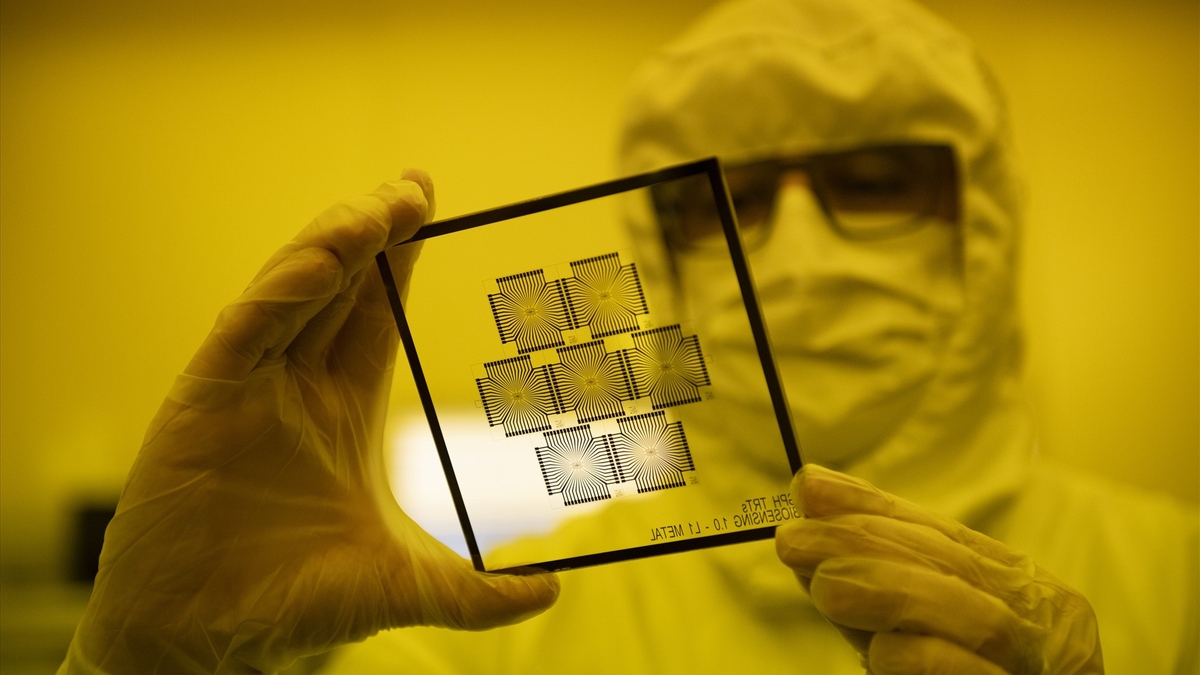



![[Video] Hue Monuments reopen to welcome visitors](https://vphoto.vietnam.vn/thumb/402x226/vietnam/resource/IMAGE/2025/11/05/1762301089171_dung01-05-43-09still013-jpg.webp)



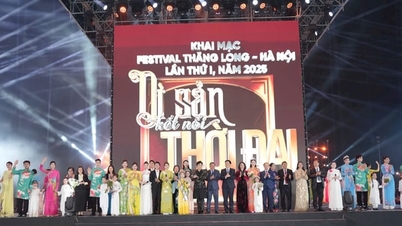


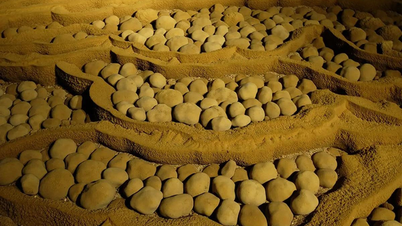


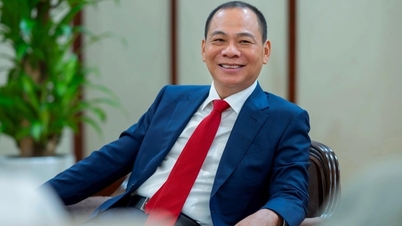
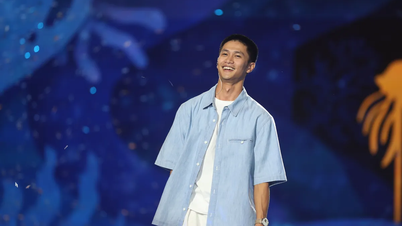

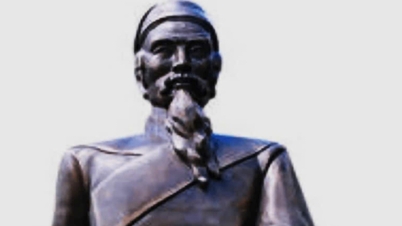

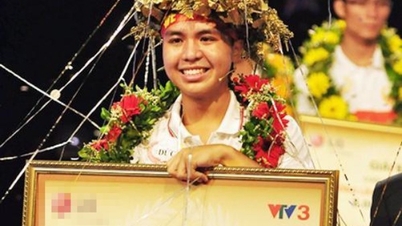





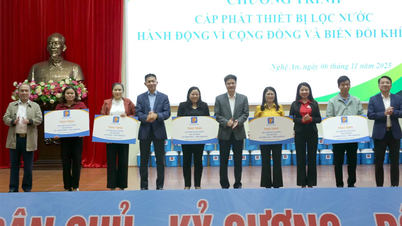


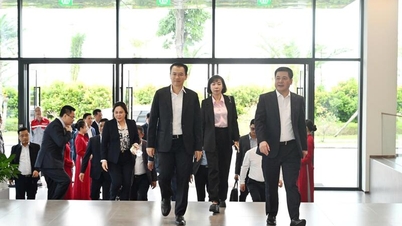
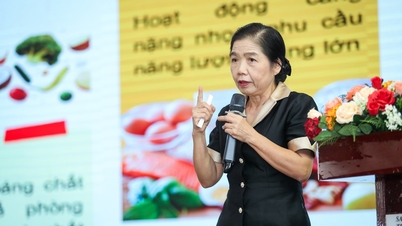
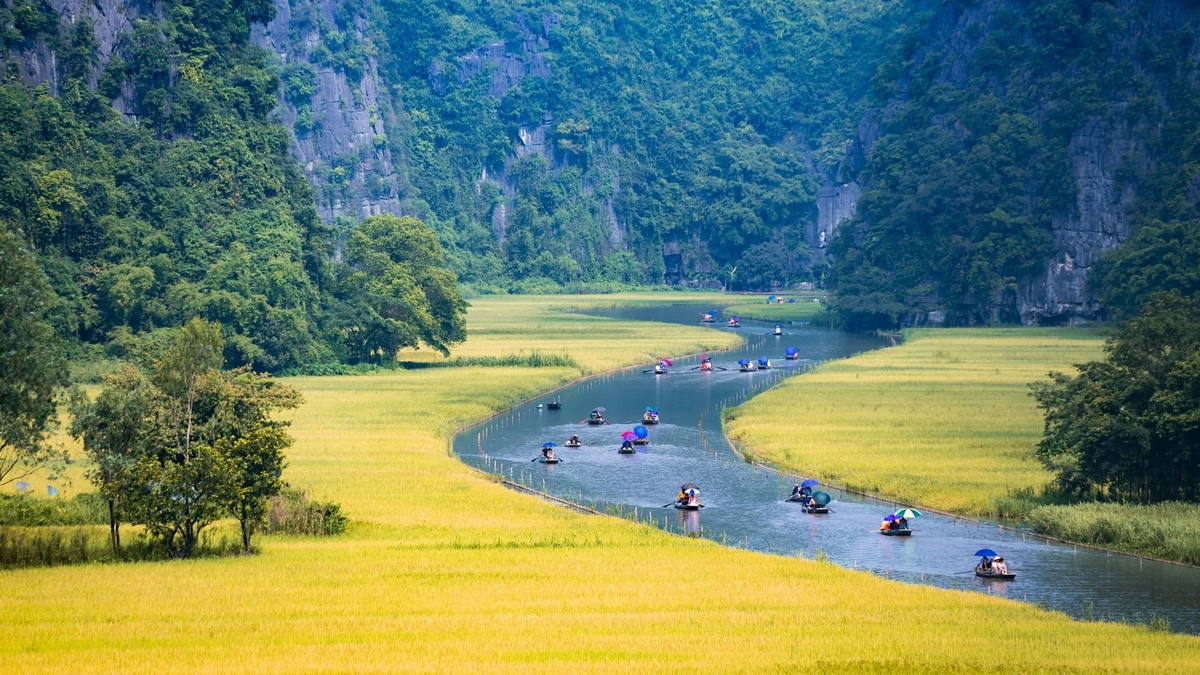












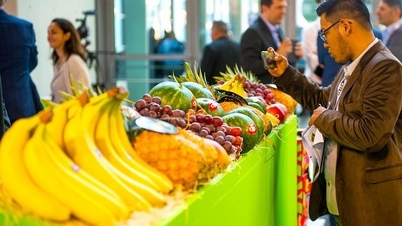


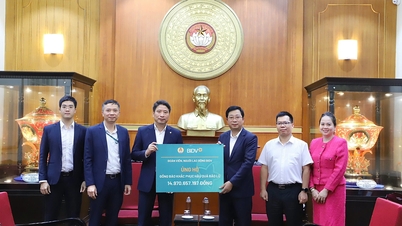

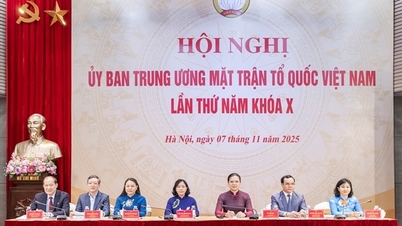
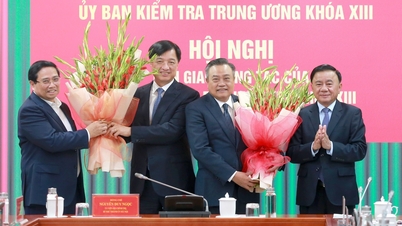
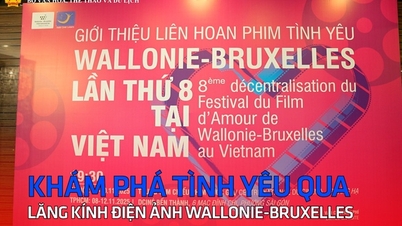







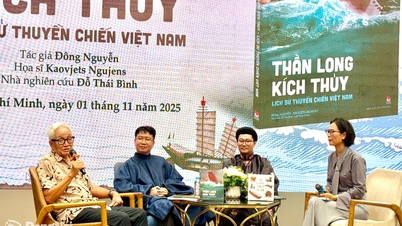














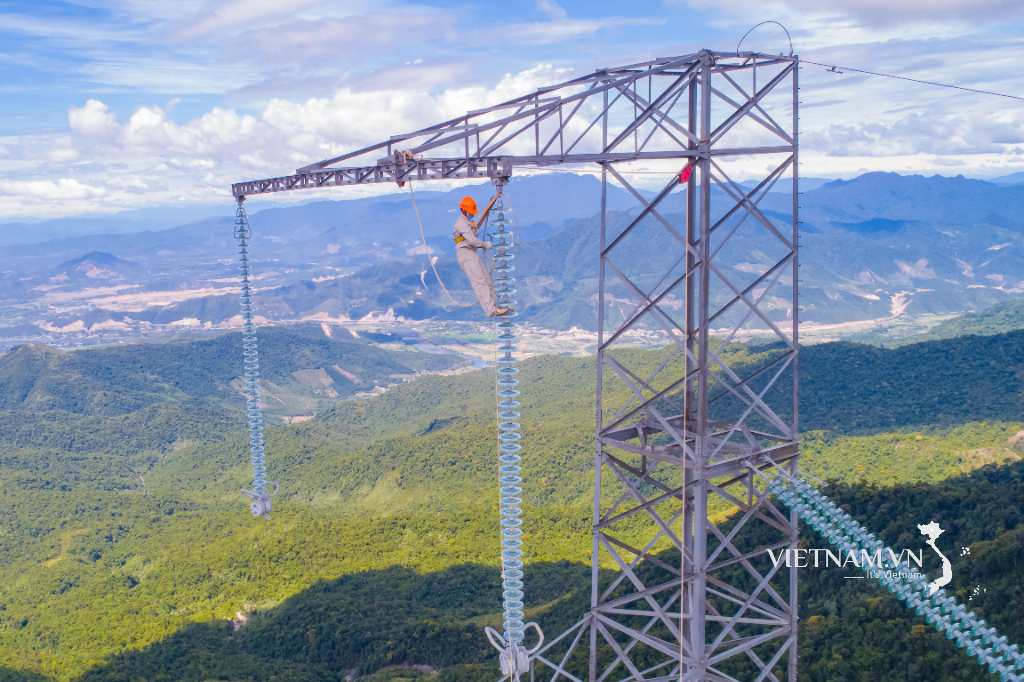



Comment (0)